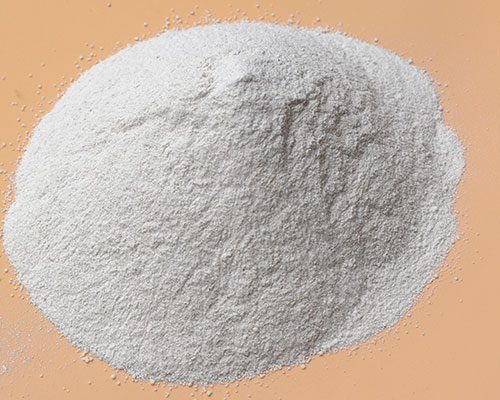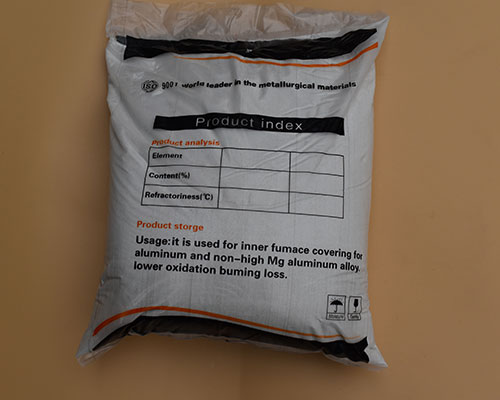Foundries flux is an indispensable auxiliary material in the smelting process of the secondary aluminum salt smelting process. In addition to being used as a covering agent, it is more important as a refining agent and modifier.
The basic requirements of foundries flux: the melting point is lower than that of aluminum and aluminum alloy, and its density is lower than aluminum and aluminum alloy. It should not react with furnace gas, furnace lining, molten aluminum, and aluminum alloy. At the same time, the flux has good wettability to oxide film and is cheap easy.
Aluminum and aluminum alloy fluxes are generally prepared by mixing chloride salts and fluorine salts.

Generally, the melting point of the flux is required to be lower than the melting temperature of aluminum and aluminum alloy, so that the flux can cover the surface of the aluminum and aluminum alloy melt in a liquid state. Commonly used single chloride salt and fluoride salt have higher melting points than aluminum and aluminum alloys. Therefore, a mixed salt that can be in a eutectic state or a solid solution state is selected as a flux, and sodium chloride and potassium chloride can form a fusible eutectic salt.
The foundries flux has good chemical stability, will not chemically react with molten aluminum, and has a certain ability to dissolve aluminum oxide inclusions and hydrogen from aluminum and aluminum alloy melts.
In order to improve the properties of the flux, additional components need to be added. On the basis of the eutectic chloride salt, an appropriate amount of fluoride salt, such as sodium fluoride, calcium fluoride, cryolite, etc., can be added to enhance the ability of the flux to dissolve oxides, especially alumina. The addition of fluoride salt can also increase the wettability of the flux to alumina, thereby improving its adsorption capacity, and at the same time increase the surface tension of the flux, which is easy to separate from the aluminum and aluminum alloy melts, and reduce the possibility of flux inclusion.

